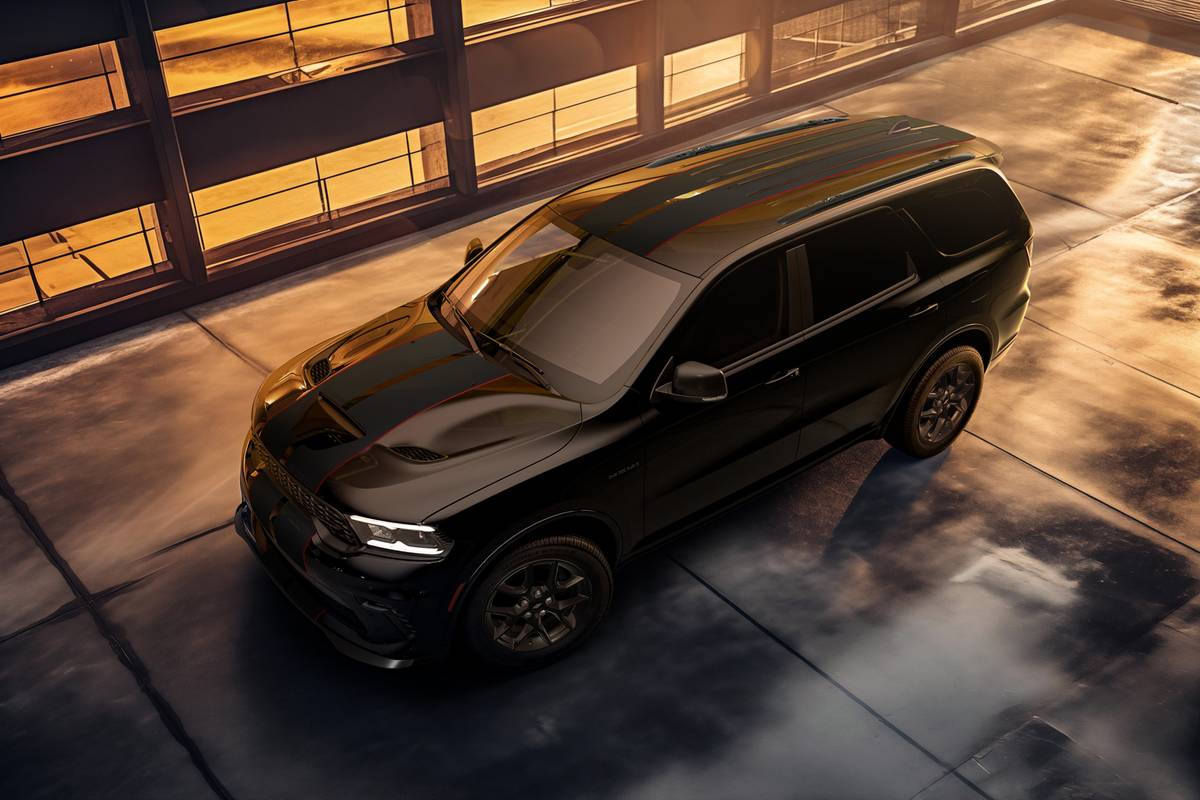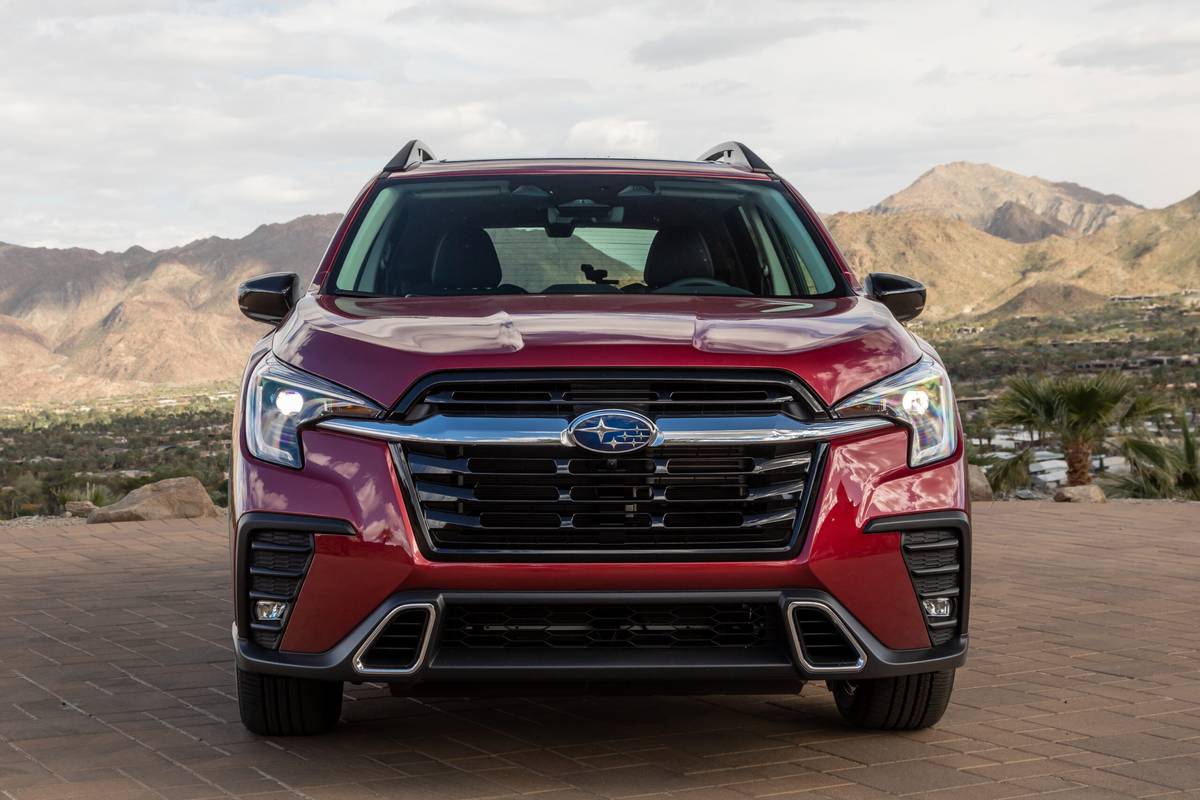Cincinnati.com's view
I fell for the Audi A4 when I first tried it in 1994, the year it was introduced. And so did many others, rescuing Audi from a slump that once seemed life-threatening.
Even as it ended its seven-year run – a remarkably long stay for an entry-level luxury car – it remained on my list of favorites, at least in quattro form, because it still combined an exceptional degree of luxuriousness with handling better than most sedans offer.
It’s hard to beat Audi’s “quattro” full-time all-wheel-drive mechanism – the only argument against it, aside from weight and cost, is that it takes some of the adventure out of high-performance driving. No wrestling with the steering wheel as front tires, overloaded, squirm away from the intended line, no heart-in-the-throat, eye-bulging eternities of waiting to see whether the rear end reestablishes contact with the road before you go butt-first into the bushes . . .
And even if you don’t drive for sport rather than transport, quattro is a good friend to have when there’s rain or snow to contend with.
So enamored of quattro have I become that it’s difficult to see why anyone would buy an Audi without it. If you want the above-enumerated thrills associated with two-wheel drive, you’d probably be better off passing on Audi’s front-drivers and going for the rear-drive competition, i.e., BMW and Mercedes-Benz.
A bargain-hunter might find a 2001 A4 languishing on a lot somewhere, but with the total redesign for the 2002 run, Audi has made a compelling case for upgrading.
Their propaganda reminds me of those insufferable spam e-mails I get all the time, but this is the real deal: the new car IS longer, wider and stiffer than the one it replaces.
The wheelbase is up 1.3 inches to 104.3; overall length is now 179 inches, 2.3 inches greater; overall height increased by half an inch, to 56.2. That bulking up makes for somewhat better passenger accommodation, though the car is, with 90 feet of interior volume, still a compact.
The rear would be a tight squeeze for three adults, and six-footers have to duck under the roofline with some circumspection. But once inside, even a largish driver and co-pilot will find a pleasing sufficiency of legroom and headroom.
There are seven distinct variations on the A4 theme, involving choice of transmissions, drivetrains and engines. The least expensive (base: $24,900) is the front-wheel-drive machine (which Audi has taken to dubbing “FrontTrak”, with five-speed manual shifter and 1.8-liter turbocharged 4-cylinder engine. A similar setup, with a continuously variable transmission – new this year – goes for $26,050. The quattro versions with the 1.8T are $26,650 with five-speed manual, $27,800 with five-speed automatic.
The four-banger has 20 valves and is quite similar to the one used by the Volkswagen branch of the family – one of the sweetest turbos I’ve ever experienced. Here it makes 170 hp and 166 foot-pounds of torque, and pr omises 0-60 times in the adequate 8-second range, using premium fuel.
Adequacy doesn’t cut it for some people, even in the low luxury segment, so, as before, there’s a 6-cylinder step-up available. But this year, instead of the 2.8-liter, there’s a completely new, all-aluminum 3-liter, 30-valver, with variable camshafts and intake paths. It, too, likes premium fuel, but in return gives 220 horses and 221 foot-pounds. It can be mated with the continuously variable transmission ($31,390) in FrontTrak form, or, as a quattro, with a five-speed automatic ($33,140) or six-speed manual ($32,090) for the ultimate in driver involvement.
The test car was the 3-liter quattro with the manual transmission. The torque peak comes at 3,200 rpm and extends rather flat to either side of that number, so, strictly speaking, six forward ratios are hardly necessary, and in fact the automatic would do just fine. But the excellent manual gearshift pleases those of us who seek a greater sense of p cipation, and allows the engine to be kept at full boil when the circumstances permit. It was delightful to work the mechanism through curves and up and down hilly terrain, knowing that the full impact of the engine was immediately available, but conversely, one could loaf around in third without much need for shifting around town.
The torque peak is perceptible, and from that point on out to redline it emits a growl more characteristic of a small V-8 than a six.
The test car had the optional sport package, which for a modest $750 brings a tougher suspension, upsized, specific 17-inch alloy wheels and ultra-high-performance 235/45 summer tires. They’re extremely stiff and Y rated, which means they could sustain steady speeds of 186 mph, though the car is electronically governed to a mere 130 mph.
One would think that would result in a buckboard-style ride, but that would not be giving Audi suspension engineers their due. Ride comfort remained quite high and traction was awesome – on dry pavement. The one caveat I’d issue is that tires such as these would be very dicey in rain or snow – in a multi-season climate, one would be well advised get a set of winter tires and wheels.
For most folks, I think the automatic-transmissioned 3.0 would be the way to go, with the standard wheels and tires; with quattro, it would still allow for nearly effortless high-performance work that would exceed most passengers’ taste for same.
The new A4 borrows a page from the books of its big brothers, the A6 and A8, and makes extensive use of aluminum alloys in the suspension, reducing unsprung weight and, with the greater overall rigidity, kicking the handling up a notch.
The tester had the optional leather seating, which smelled as good as it looked. I particularly liked the light-colored wood trim on the dash, doors and console. It actually looked like wood.
Six-cylinder A4s come with 12-way power adjustable seats for driver and aide, and they have four-stage lumbar adjustments built in. The were superbly comfortable on long stages, and sufficiently supportive for high-G work, too. Neither the feds nor the insurance folks have had the heart to crash a new A4. With front air bags, side bags for driver and co-pilot and head curtain side bags, as well as its more solid platform, it should be pretty survivable.
One way of avoiding collisions is with the electronic stabilization system Audi licenses from DaimlerChrysler and/or the superb brakes, which now come with antilock and electronic actuation assistance. The six-cylinder machines have 12.3-inch ventilated discs front, 9.6-inch solid discs rear – not exceptionally large, but, in simulated panic stops from high speeds, quite impressive.
EPA mileage estimates for the 3.0/6 combo are 20 mpg city, 25 highway. Try as I might, I still got 22.0, using the recommended premium fuel. (It can handle regular, but with a power loss.)
All series of A4 come with an AM-F M-cassette-6-CD-changer stereo, which pumps 150 watts through 10 speakers. I question whether the Bose upgrade (which was superb, as usual) is necessary – try before you buy.
The test machine was blessed with the leather seating, $1,320; a power moonroof, $1,000; sport package, $750; premium sound system, $650; premium package (Homelink transmitter, auto-dimming interior and exterior rearview mirrors, memory driver’s seat), $550; heated front and rear seats, $525, and xenon high intensity headlights, $500. Total, with freight, was $37,960, for a payment of $770, assuming 20 percent down, 48 tickets and 10 percent interest.
Edmunds, the research outfit, finds that it may be possible to shade the price by a few hundred dollars, depending on the series and option load, but the eagerly-awaited new A4s are understandably much in demand.
Latest news



